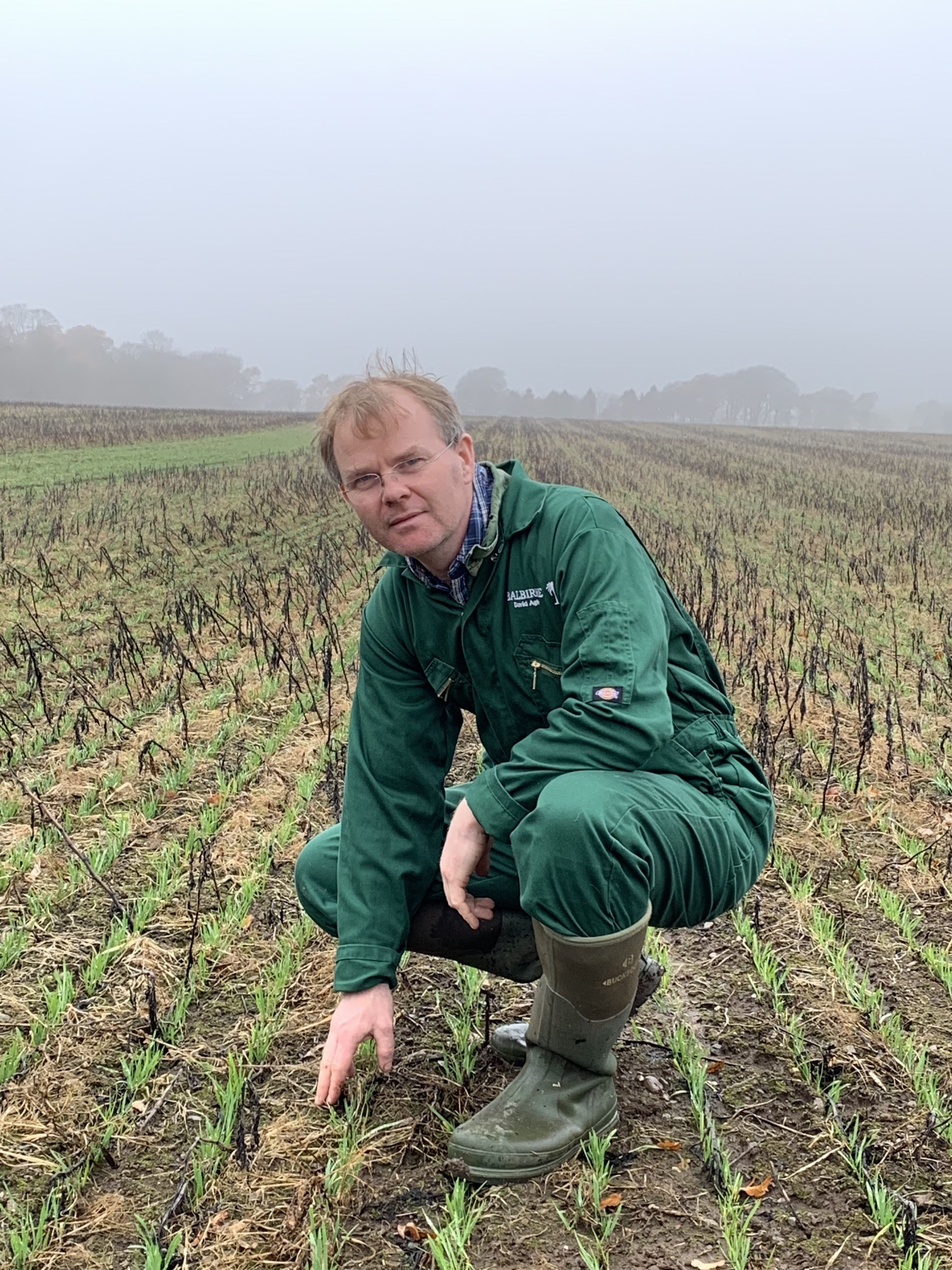Changing crop establishment for soil health benefits
Thursday, 19 November 2020
David Aglen, host of AHDB Strategic Cereal Farm Scotland, is the Farms Manager at Balbirnie Home Farms in East Fife. He bought a direct drill in 2016 and we talked to him about how and why:
David explains: “Before we got the direct drill we were ploughing and power harrowing everything. We’d tried some min-till and direct drilling but were just tinkering with it. Now we’re trying to do as much direct drilling as we can; moving as little soil as we can get away with.
“We made the change for soil health reasons. I used to manage a farm in East Anglia, doing strip till, and I always reckoned I could make it work in Scotland. But our soils are quite prone to erosion, with wind and frequent heavy rain.
“We wanted to improve the water-holding capacity of the soil, as well as the drainage.
“As soon as we got GPS in the tractors in 2012 we stopped putting tramlines in the fields because the erosion was horrendous. Then we thought – how can we do more of this?
“We got the direct drill in 2016 and we’ve had varying degrees of success. We’ve worked out that it’s not the establishment system that’s causing the variation, though.
“The only cost was the £55,000 we spent on the drill.
“To do this kind of thing I’d say you have to be pretty open-minded and have thick skin. Until you get a gang of interested people, your peers don’t relent; it’s pretty difficult in the early years until you prove it works. There’s a lot of evenings spent researching this and speaking to people to try to prove the system.
“I know our land travels much better now. We don’t get as much ponding in the fields. We can get on in the spring earlier if we have to and we’re starting to see fuel use reductions. It does offer us more opportunities to spend less money on inputs too.”


